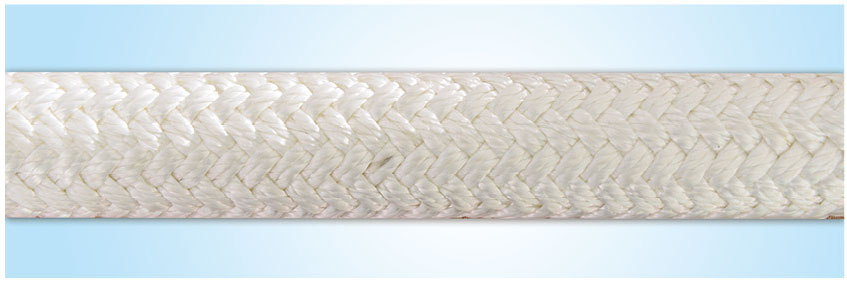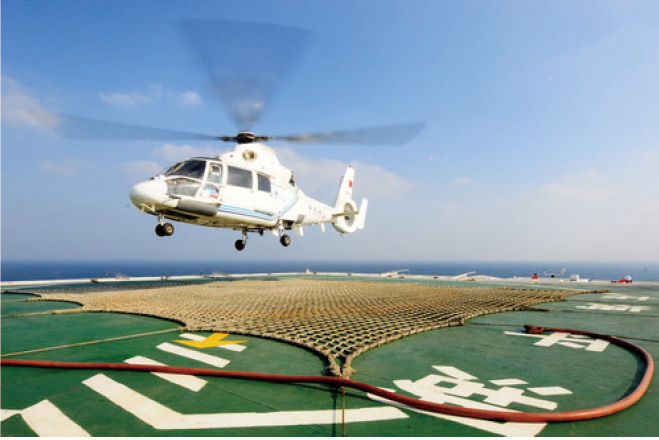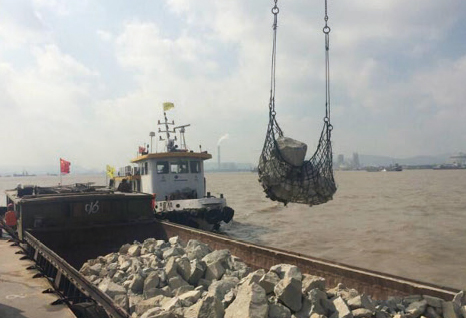- Flame retardant safety rope
- 3-strand rope
- Braided rope
- 8-strand and 12-strand mooring rope
- Uhmwpe mooring rope
- Aramid fiber rope
- Double fiber braided mooring rope of polyester and polyolefin
- Double braided mooring rope
- High strength mooring rope
- Static rope(Technical rope / Hoisting rope)
- Dynamic mountaineering rope
- High strength synthetic rope
- Yacht rope
- Para cord
- Water rescue rope
- Chemical fiber net
- High-strength polypropylene fiber

- Mobile:0086-18954383066
- Tel :0086-543-5838899
- E-mail:admin@htyarn.com
- Fax :0086-543-2236199
- Address :Binzhou Huimin County Li Zhuangzhen Bridge Road East, Li Chaoyang Road South
At present, the speed of technological innovation in various industries is accelerating. Under the impetus of new technologies, China's textile industry is undergoing a new round of industrial restructuring. With the release of the "13th Five-Year Plan for the Development of the Textile Industry", the entire Chinese textile industry has officially shifted to an intelligent and digital direction.
China's textile industry continues to accelerate and upgrade intelligently to create a new international path
Since the reform and opening up, the development speed of China's manufacturing industry has been accelerating, and many industries including steel manufacturing, furniture manufacturing, and pharmaceutical manufacturing have entered a new period of development. As a major component of the entire manufacturing industry, the textile industry has achieved certain results after decades of development.
The development of the textile industry continues to accelerate, and the industry is confident of the future.
As is known to all, the textile industry, as a traditional pillar industry of China's national economy, not only plays a vital role in the development of China's national economy, but also contributes to the growth of the world economy. At present, the output of major textile products such as chemical fiber, yarn and cloth has shown a continuous growth trend. The output of major textiles has been in the forefront of the world, and the quantity and quality of the entire textiles are constantly improving.
In order to promote the development of the textile industry, the relevant departments of China have successively issued a series of policies. For example, in September 2016, the Ministry of Industry and Information Technology of China issued the “13th Five-Year Development Plan for the Textile Industry”. According to the document, the proportion of China’s total textile exports to the world’s total has risen from 10.42% in 2000 to 38.60% in 2015. This reflects from one aspect that the total export volume of China's textiles is increasing and the status of international trade is constantly improving.
At the same time, the amount of fixed assets investment in China's textile industry is also increasing, and the industry is full of confidence in the future development of the textile industry. According to the relevant statistics of the National Bureau of Statistics, in 2005, the fixed assets investment of China's textile industry exceeded 100 billion yuan. By 2015, the fixed assets investment of China's textile industry has exceeded 600 billion yuan, which is a rapid growth.
At present, with the joint promotion of relevant institutions and people in the industry, China's textile industry has entered a stage of rapid development, and the scale of the industry and economic benefits have continued to grow. During the period from 2006 to 2016, the annual average compound growth rate of China's textile manufacturing industry's main business income exceeded 10%. Although China's textile industry has achieved certain development results at present, in terms of the overall development of the industry, there are still some problems in the development of China's textile industry.
The entire industry is facing challenges, and intelligent and digital transformation is a reality.
As far as the development model of China's textile industry is concerned, the manufacture and production of textiles often rely on a large amount of labor. At this stage, China's labor costs have risen year by year, far higher than countries such as Southeast Asia and Africa. The increase in labor costs has increased the cost of manufacturing products, which is not conducive to the expansion of production scale and profitability. At the same time, China's current textile technology still relies on traditional hand-made, and the overall manufacturing technology is still far behind the developed countries such as Europe and America.
In addition, due to the impact of consumption upgrades, consumer spending concepts have changed dramatically. Foreign textile brands have entered the Chinese market and have had a certain impact on domestic traditional textile brands. Young consumers who admire the trend of fashion, when purchasing textile products such as clothing and footwear, often consider the multiple factors of product design and fashion. Domestic textile brands can only maintain a certain competitive advantage in the fierce disputes by focusing on the market trend and building their own core competitiveness.
At present, the international situation is unpredictable. All countries in the world are stepping up their equipment and technology upgrades in order to expand their market share in trade competition. In order to enhance competitiveness and use advanced equipment for textile production, some countries have effectively improved the production efficiency of their products. At the same time, there are still relatively few companies in China that use new equipment for textile production. China's textiles still face some challenges when they want to go abroad.
Facing the challenges, it is necessary to promote the transformation and upgrading of the textile industry towards automation, digitization and intelligence. Under the guidance of "Made in China 2025" and other policies, companies can only continuously improve the production efficiency and quality of products if they keep pace with the times and promote the construction of smart factories. At the same time, the integration of cloud computing, big data and other technologies into the development of the textile industry will enable the textile industry to accelerate its transition to a modernization model.
In order to speed up the intelligent transformation and upgrading, enterprises can set up intelligent workshops to realize the automation of production, the intelligentization of control systems and the informationization of online monitoring. In terms of the production process of yarn products, each spindle can be networked by sensors, and the system can monitor the operation of each spindle on the production line in real time. With emerging science and technology, companies can significantly reduce labor costs and increase production efficiency.
When the development environment of China's textile industry changes drastically, enterprises should pay more attention to the use of modern equipment such as robots to promote the efficiency of textile production. At the same time, combining the new generation of artificial intelligence technology with the design, production, marketing and logistics of the textile industry can promote the transformation of textile production mode towards flexibility, intelligence and refinement, from traditional manufacturing to intelligent manufacturing. Help enterprises to continuously improve technology and achieve intelligent upgrade.
In the future, consumers' demand for textiles such as clothing and bags will be more diversified, which will promote the emergence of diversified textiles. Among the many textile manufacturers, those that focus on improving product quality and product design are expected to stand out in the fierce competition and bring consumers a new product experience!
- The characteristics and advantag
- Operation analysis of China's in
- The structural characteristics o
- In the first half of 2024, the e
- Hengfeng three strand rope profe
- The operation of the textile ind
- Hengfeng flame retardant safety
- Textile industry to cultivate an
- Aramid cable - Hengfeng Direct s
- An overview of the textile indus






